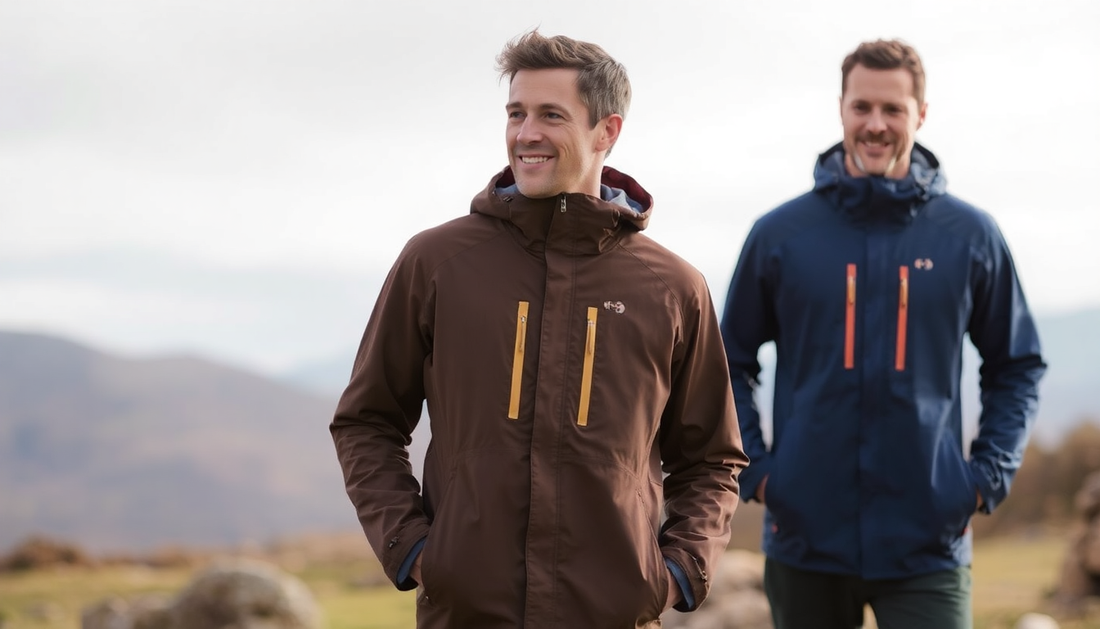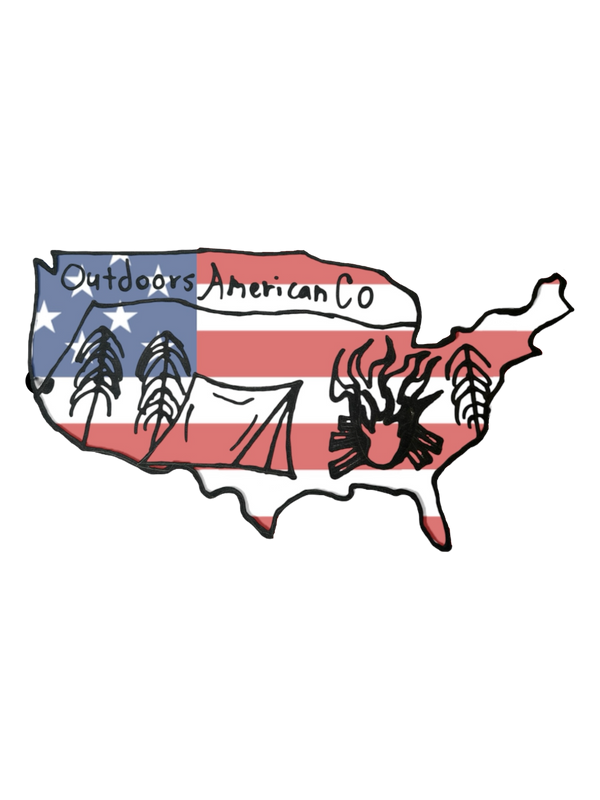
Top Trends in Outdoor Life Clothing for 2025: Essential Gear for Every Adventure
Share
Introduction
As outdoor enthusiasts continue to seek innovative, sustainable, and high-performance gear, 2025 ushers in a new era of outdoor life clothing. Whether you’re embarking on rugged mountain hikes, camping under the starry skies, or enjoying urban outdoor activities, staying updated with the latest trends in outdoor apparel ensures you’re well-prepared and stylish. In this comprehensive guide, we delve deep into the top trends shaping outdoor clothing in 2025, highlighting must-have gear and features designed to enhance every adventure while prioritizing sustainability, technology, and versatility.
1. Sustainable and Eco-Friendly Materials
One of the most significant shifts in outdoor apparel for 2025 is the emphasis on sustainability. Consumers are increasingly demanding gear that aligns with environmentally conscious values, and manufacturers are responding with innovative materials that reduce ecological impact. Key features of this trend include:
- Recycled Fibers: Use of recycled polyester and nylon made from plastic bottles and fishing nets reduces waste and promotes circular economy principles.
- Natural Fibers: Organic cotton, hemp, and Tencel provide biodegradable options that require fewer pesticides and less water during cultivation.
- Bio-Based and Biodegradable Materials: Emerging fabrics are designed to decompose safely after use, minimizing landfill contributions.
Not only do these materials lower the environmental footprint, but they also offer increased durability, softness, and performance suitable for rugged outdoor activities. Many brands are also adopting transparent sourcing practices to build trust and demonstrate their commitment to sustainability.
2. Cutting-Edge Waterproof and Breathable Fabrics
Weather resistance remains crucial for outdoor clothing. Advancements in fabric technology in 2025 are bringing enhanced waterproof, windproof, and breathability features that ensure comfort regardless of climate conditions. Highlights include:
- Next-Generation Membranes: Technologies like eVent and Dermizax provide superior waterproofing without sacrificing breathability, allowing moisture to escape while keeping rain out.
- Nano-Technology Coatings: Ultra-thin, durable coatings provide water resistance to fabrics, making jackets and pants more effective and long-lasting.
- Moisture-Wicking Linings: Internal fabrics that pull sweat away from the skin enhance comfort during high-intensity activities.
These innovations enable outdoor gear to perform reliably in unpredictable weather, from torrential downpours to snowy conditions, ensuring adventures are never cut short due to wet or uncomfortable clothing.
3. Multi-Functional and Versatile Gear
Versatility is a key attribute of modern outdoor clothing in 2025, driven by the need for lightweight, packable, and adaptable gear. This trend emphasizes products that can serve multiple purposes and adjust swiftly to changing environments:
- Layering Systems: Modular jackets and layering pieces with removable or adjustable components, such as zip-off sleeves, removable hoods, and ventilated panels, allow wearers to customize their gear for temperature fluctuations.
- Convertible Apparel: Pants that transform into shorts, or jackets that convert into vests, save space and add functional value.
- Built-in Ventilation: Strategically placed vents, mesh linings, and breathable fabrics help regulate temperature during strenuous activities.
This flexibility reduces the amount of gear needed and enhances the overall outdoor experience, whether day-tripping or undertaking multi-day expeditions.
4. Technology-Integrated Smart Clothing
The integration of wearable technology into outdoor clothing is revolutionizing the way adventurers interact with their gear. In 2025, expect to see:
- Sensors and Monitors: Embedded sensors track vital signs such as heart rate, temperature, and hydration levels, providing real-time data to optimize performance and safety.
- Adaptive Insulation: Fabrics capable of adjusting their insulation properties dynamically in response to ambient temperature, ensuring optimal warmth or cooling.
- Connectivity: Wearables and clothing that sync with smartphones and GPS devices, offering route mapping, weather alerts, and health tracking on the go.
These features contribute to safer, more efficient outdoor experiences and allow users to stay connected and informed, even in remote locations.
5. Bold Designs, Visibility, and Self-Expression
While functionality is critical, style and visibility remain important. Trends in 2025 include vibrant, bold colorways, reflective elements, and unique patterns that not only make a statement but also enhance safety:
- Bright Colors: Neon and pastel hues serve functional purposes by increasing visibility in dense forests or low-light conditions.
- Reflective Detailing: Strategically placed reflective strips and logos improve safety during early morning or late evening activities.
- Creative Patterns: Bold prints and artistic designs allow outdoor enthusiasts to showcase their personal style while blending functionality with fashion.
6. Emphasis on Comfort and Ergonomic Fit
Comfort remains a priority in outdoor clothing, especially for long-duration activities. The focus on ergonomic design ensures that apparel fits naturally and moves with the body:
- Stretch Fabrics: Use of elastic fibers like elastane and spandex for unrestricted movement.
- Ergonomic Seams: Seam placements that reduce chafing and enhance durability.
- Tailored Fits: Adjustable waists, cuffs, and hems for personalized comfort and efficient layering.
This focus on ergonomics helps prevent fatigue and discomfort, allowing for prolonged outdoor adventures seamlessly.
7. Sustainable Packaging and Ethical Production
Beyond the materials used in the clothing, brands are also adopting environmentally responsible packaging and ethical manufacturing practices in 2025. This includes:
- Minimal, recyclable packaging made from biodegradable materials.
- Fair labor practices across manufacturing facilities.
- Transparency about supply chains and carbon footprint reduction initiatives.
Consumers increasingly prefer brands that align with their values, supporting ethical and environmentally friendly practices.
Conclusion
The outdoor apparel landscape in 2025 is characterized by innovation, sustainability, versatility, and personal expression. By embracing these trends, outdoor enthusiasts can enjoy enhanced performance, safety, and style in their adventures—while also contributing to environmental conservation. Whether it’s gear made from recycled materials, smart clothing that monitors vital signs, or versatile designs that adapt to every situation, the future of outdoor life clothing promises to be exciting, responsible, and endlessly functional. Prepare yourself with the latest gear, and make your next outdoor adventure your best one yet.
